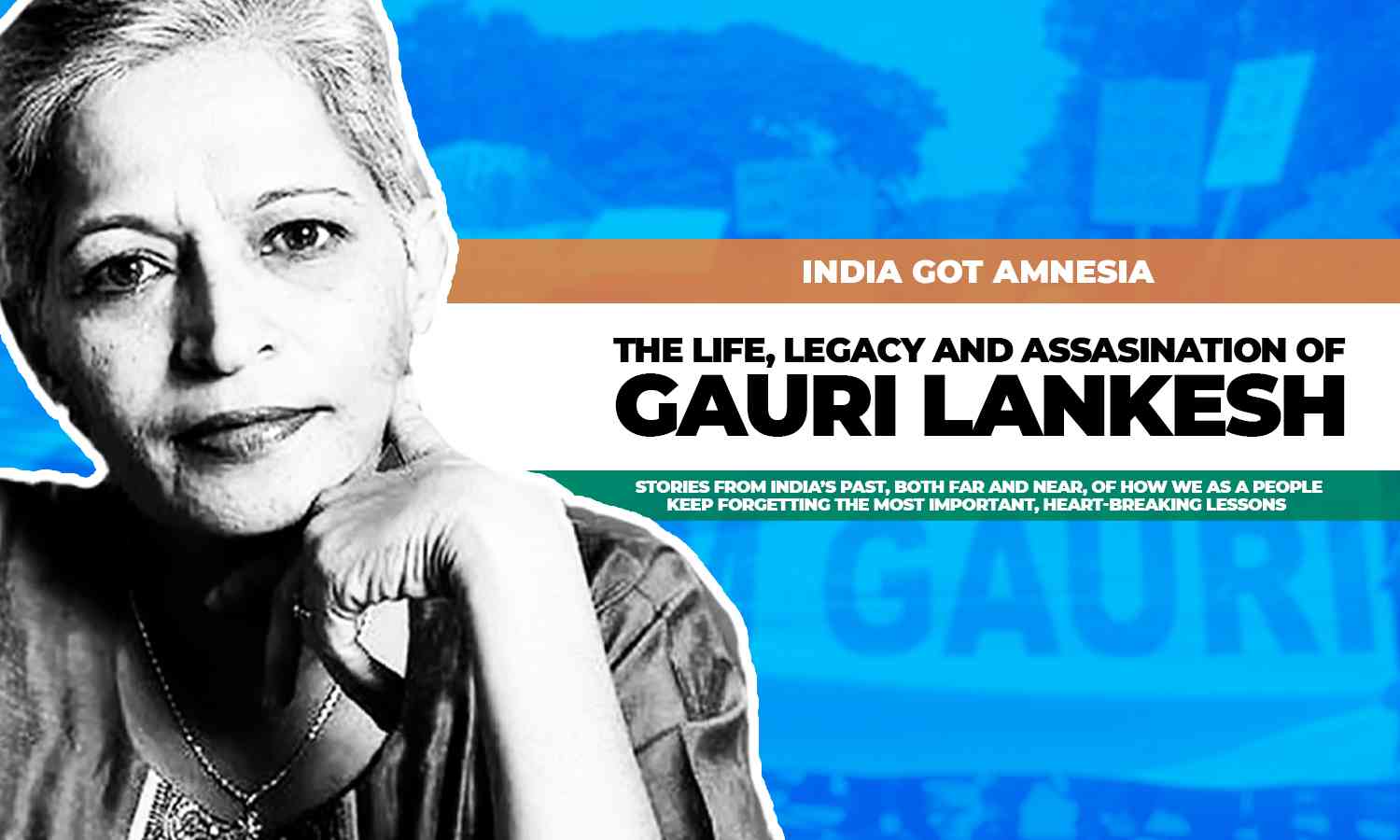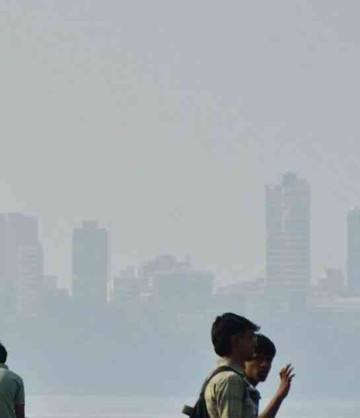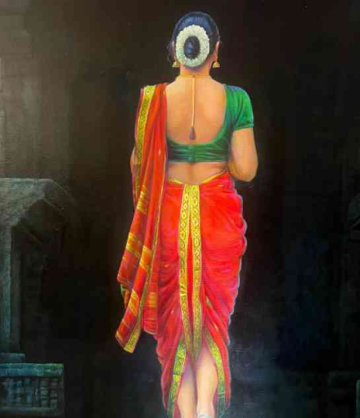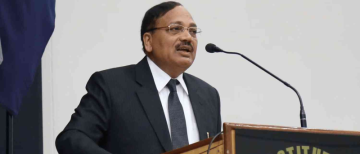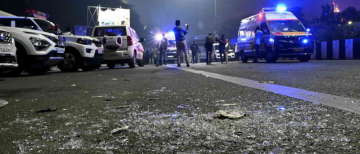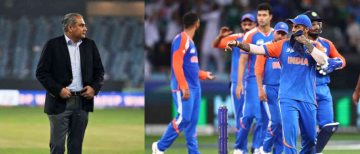“Those who cannot remember the past are condemned to repeat it.” – George Santayana
We as a nation suffer from chronic amnesia. We often forget our lessons, we wipe out the worst of our memories, and paint the societal stains over. And therefore we are fated to keep repeating the same mistakes over and over again. So here is a Hero we have all but wiped off our memory, while our brains fill up with vacuous Insta reels and memes.
![The Life, Legacy and Assasination of Gauri Lankesh [India Has Amnesia]](https://img.theweek.in/content/dam/week/magazine/the-week/Current-affairs/2017/september/image/34-Gauri-Lankesh.jpg)
Epilogue:
Gauri Lankesh, the editor and publisher of the Bangalore-based weekly publication, Gauri Lankesh Patrike, was a vociferous progressive journalist operating in an India increasingly regarded as one of the world’s most perilous countries for reporters.
In September of 2017, journalist Gauri Lankesh was tragically shot dead as she returned home from work. As she approached her house, a man concealed by a motorcycle helmet approached her in the driveway and fired a pistol when she attempted to flee towards her residence, approximately ten feet away. She collapsed before reaching the safety of her home. Autopsy reports revealed that she had been struck by bullets twice in the chest and once in the back, with a fourth shot either missing its mark or misfiring. Security camera footage captured only two individuals on a motorcycle, including the helmeted gunman, described as a man roughly five feet tall. However, police investigations indicated the involvement of two additional individuals, trailing the first pair on a second motorcycle.
![The Life, Legacy and Assasination of Gauri Lankesh [India Has Amnesia]](https://www.voxspace.in/wp-content/uploads/2017/09/Gauri-Lankesh.jpg)
Introduction
According to the 2024 Press Freedom Index published by Reporters Without Borders, India ranked 159th out of 180 countries, a position that sharply contrasts with its image as the world’s largest democracy. In comparison, Zimbabwe, prior to the fall of Robert Mugabe, held the 127th position, while Afghanistan, embroiled in persistent conflict, ranked 120th. The Committee to Protect Journalists reports that since 1992, 43 journalists have been killed in India. Meanwhile, the International Federation of Journalists records a significantly higher tally, with 73 journalists murdered since 2005. In 2015 alone, nine journalists were killed, including one allegedly set alight by police officers acting on behalf of a politician accused of rape. Five journalists were murdered in 2016. Alarmingly, of the 30 journalist murders documented by the Indian media watchdog, The Hoot, since 2010, only one case has led to a conviction.
![The Life, Legacy and Assasination of Gauri Lankesh [India Has Amnesia]](https://www.cjr.org/wp-content/uploads/2018/02/lankesh-hero.jpg)
Who was Gauri Lankesh?
Gauri Lankesh was a fearless left-wing journalist operating within an India that has become increasingly hostile towards those in her profession. Her brutal assassination briefly cast her into the public eye, her image becoming ubiquitous—sometimes animated, other times deeply contemplative, a slight woman with short-cropped hair. Protests and vigils erupted across India, under banners and vibrant puppets bearing the slogan, “I am Gauri.” Within a month of her death, Lankesh was posthumously honoured with the Anna Politkovskaya Award, named after the Russian journalist assassinated in Moscow in 2006.
It is understandable why her death prompted such widespread mourning. Lankesh’s life possessed a certain dramatic quality, one suitable for a biographical film or a novel, serving as a narrative emblematic of the seismic changes occurring within a vast and populous nation. However, it is crucial to recognise that her struggle represented a broader reality, both in life and in death, transcending the apparent pattern of targeted killings against critics of Hindutva. Lankesh posed a threat to a Hindu right-wing extremism that, despite its assertive claims of representing the majority, remains acutely aware of how recently it achieved its widespread dominance.
Nevertheless, it remains a fact that Lankesh’s work was predominantly recognised and admired within circles aligned with progressive politics and causes in India—those critical of Hindu nationalism, corporate cronyism, sexism, and caste-based discrimination. Her visibility largely failed to extend beyond these spheres, particularly within the realm of national television and print media, which often oscillates between shallow consumerism and aggressive nationalism. Such outlets either avoid addressing controversial issues of the day or actively champion the right-wing politics and its various vigilante groups.
![The Life, Legacy and Assasination of Gauri Lankesh [India Has Amnesia]](https://www.mediaoneonline.com/h-upload/2024/10/20/1447302-gauri.webp)
Early Life
Lankesh’s journey began in Bangalore, where she worked for The Times of India—the nation’s largest daily newspaper—during the mid-1980s, first in her hometown and later in Delhi. She returned to Bangalore in 1989 and began reporting for Sunday, an English-language magazine that is now defunct, before transitioning to Kannada-language television in the late 1990s. According to her friends and colleagues, Kannada was not a language she initially mastered, a fact of some importance considering her father, P. Lankesh, was a towering figure within Kannada literature. A polymath who excelled as a literature professor, poet, playwright, filmmaker, and publisher of the weekly tabloid Lankesh Patrike, he was celebrated for his eclectic approach to journalism. As described by Krishna Prasad, a Kannada-speaking journalist and former editor of the newsmagazine Outlook, as well as the author of the incisive media and politics blog Churumuri, Lankesh Patrike maintained an independent stance by refusing advertisements and presenting an “eclectic worldview” that was both literary and politically assertive.
When Gauri Lankesh’s father passed away in 2000, she and her brother, Indrajit, assumed control of Lankesh Patrike. While Indrajit became the publisher, the editorial responsibilities were assigned to Lankesh. Their third sibling, Kavitha, a filmmaker, chose not to involve herself in the newspaper’s operations. For Lankesh, this transition marked a substantial change—not only did it entail her first role as an editor and her initiation into writing in Kannada, but it also signalled a shift in journalistic focus. As Krishna Prasad notes, she moved away from the superficial, urban-centric issues that dominated corporate English media towards more critical, grassroots concerns rooted in rural India. This approach reflected a deeper, more engaged style of journalism.
![The Life, Legacy and Assasination of Gauri Lankesh [India Has Amnesia]](https://media.assettype.com/thenewsminute%2Fimport%2Fsites%2Fall%2Fvar%2Fwww%2Fimages%2FGauri_Lankesh_Patrike_(4).jpg)
At the time of her taking over the paper, sceptics doubted Lankesh’s capability to fill her father’s shoes, given her lack of prior editing experience and minimal involvement with the publication. Yet, by all accounts, she embraced the role with determination. She adopted a markedly critical stance against what Krishna Prasad describes as “the upsurge of Hindutva forces of polarisation” both nationally and particularly within Karnataka. In 2002, she actively opposed efforts by the Hindutwa right-wing to claim the 11th-century Sufi shrine of Baba Budan Giri, situated 170 miles west of Bangalore, as an exclusively Hindu site despite its long history of shared worship by both Hindus and Muslims. Her commitment to the cause saw her risking arrest during street protests. Her former husband, Rajghatta, who continued to share a friendship with her after their divorce and currently serves as a Washington-based columnist for The Times of India, remarked, “She was taking an increasingly rational stand, always siding with the underdog.”
Following Rajan’s death, Lankesh penned an article addressing his killing. However, her brother Indrajit, who had since become an occasional filmmaker and television personality, refused to publish the piece, claiming it was overly sympathetic to the Naxalites. His political leanings had shifted, and he officially joined the BJP in later years, citing Prime Minister Narendra Modi as his inspiration. The disagreement escalated to the point where Lankesh alleged that Indrajit threatened her with a revolver.
![The Life, Legacy and Assasination of Gauri Lankesh [India Has Amnesia]](https://i.ndtvimg.com/i/2017-10/gauri-lankesh-suspect-sketches-pti_650x400_51507989953.jpg)
Following the dispute with her brother, Gauri Lankesh parted ways with her father’s paper and established her own publication, the Gauri Lankesh Patrike. Though the modification in the title appeared minor, it held profound symbolic value, underscoring her individuality as a woman who had deliberately placed herself in opposition to dominant socio-political currents within India. Rather than condemning the Naxalites outright, Lankesh sought to encourage dialogue between the government and the insurgent group. In 2003, she penned an op-ed that was later translated and republished by The New York Times shortly after her death. It eloquently reflected on the shared curiosity and commonality between Indians and Pakistanis as they gazed at one another across the heavily fortified border dividing their nations.
Lankesh’s efforts to bridge gaps extended beyond governmental dialogue. Younger activists, despite their differences in identity and ideology, frequently acknowledged her successful mediation among various marginalised groups—leftists, Muslims, Dalits, women, and indigenous communities—through their shared opposition to Hindutva and its authoritarian vision for India. Independent journalist Rana Ayyub, author of Gujarat Files, which documents her undercover investigation into bureaucratic and police involvement in the anti-Muslim pogroms of 2002, praised Lankesh’s courage. She recalled in an email how Lankesh published her book in Kannada despite facing severe threats and intimidation.
![The Life, Legacy and Assasination of Gauri Lankesh [India Has Amnesia]](https://www.livehindustan.com/lh-img/smart/img/2024/10/13/1200x900/Gauri_Lankesh_murder_accused__1728823722944_1728823723161.png)
In the League of Fallen Heroes
Despite the lack of coordination among investigators, certain patterns linking the killings of journalists have emerged over time. Although Karnataka, is governed by the centrist Congress Party, was then a hotspot for Hindutva-related violence. Two years prior to Lankesh’s murder, scholar M. M. Kalburgi was shot dead in his own home in Dharwad, a city approximately 260 miles northwest of Bangalore. Before that, in the neighbouring state of Maharashtra, left-wing trade unionist Govind Pansare and rationalist activist Dr. Narendra Dabholkar were also assassinated.
All four victims—Lankesh, Kalburgi, Pansare, and Dabholkar—were known critics of Hindutva and primarily wrote in regional languages (Lankesh and Kalburgi in Kannada; Pansare and Dabholkar in Marathi). Each was killed in a similar fashion: targeted by helmeted assailants on motorcycles wielding 7.65mm pistols, which are often described in India as “Katta” due to their local, illicit manufacture. Yet, early efforts were made to portray Lankesh’s killing as a unique case, with police suggesting the involvement of contract killers. The then Congress Chief Minister of Karnataka, K. Siddaramaiah, initially speculated that her death resulted from “organised crime” but assured the public of swift justice. However, months later, no significant progress was made.
![The Life, Legacy and Assasination of Gauri Lankesh [India Has Amnesia]](https://static.theprint.in/wp-content/uploads/2018/08/dabholkar-pansare-kalburgi-lankesh-2-1-e1533713954316-696x306.jpg?compress=true&quality=80&w=376&dpr=2.6)
Gauri and the Lingayats
In her later years, Lankesh’s opposition to right-wing Hinduism found expression in her assertion that the Lingayats, a community to which she belonged, should be recognised as a separate religion. This claim angered the powerful and conservative Veerashaivas, who perceived themselves—and, by extension, all Lingayats—as part of mainstream Hinduism. Kalburgi, who was assassinated in 2015, had also argued that Lingayats were distinct from caste-based Hinduism, basing his stance on 12th-century texts central to the Lingayat movement. Despite receiving police protection after multiple threats, Kalburgi was killed just fifteen days after he requested his bodyguards to be withdrawn.
The Lingayat issue proved especially contentious in the lead-up to Karnataka’s state assembly elections in May. As Raghu Karnad, an editor at the non-profit news site The Wire who had befriended Lankesh at a vigil for Kalburgi, explained via email, “Lingayats have been recruited as the BJP’s largest voting bloc.” He suggested that the declaration of Lingayats as a minority religion posed a severe political threat to the BJP’s ambitions to eliminate the Congress from power in Karnataka. According to Karnad, it was precisely this intersection of local and national politics that ultimately led to Lankesh’s tragic death.
![The Life, Legacy and Assasination of Gauri Lankesh [India Has Amnesia]](https://bsmedia.business-standard.com/_media/bs/img/article/2018-03/19/full/1521478502-2293.jpg)
Despite the tardy and fragmented investigations into the killings of Dabholkar, Pansare, and Kalburgi, certain patterns have gradually surfaced. The Central Bureau of Investigation (CBI) was handed the Dabholkar case after the Maharashtra Police failed to make progress, while the latter continued to investigate Pansare’s murder. Meanwhile, the Karnataka Police has been managing the cases of Kalburgi and Lankesh, with the National Investigation Agency (NIA), a federal counter-terrorism body, also involved due to links to other acts of violence. This bureaucratic fragmentation has resulted in sluggish progress, as Abhay Nevagi, the lawyer representing the families of the slain rationalists, has highlighted during 24 separate court hearings.
![The Life, Legacy and Assasination of Gauri Lankesh [India Has Amnesia]](https://sc0.blr1.digitaloceanspaces.com/facebook/817902-facebook-kcjaikpqtx-1449809120.png)
A Chain of Unsolved Murders
Forensic evidence has suggested connections between the cases. The Karnataka Police's ballistic reports indicate that two 7.65mm pistols were used in Pansare’s murder in February 2015. One of those matched the weapon used to kill Dabholkar in 2013, while the other matched the one used against Kalburgi in 2015. Recent reports from Bangalore forensic labs suggest that the same gun used to murder Pansare and Kalburgi was also used in Lankesh’s assassination.
The suspects linked to these weapons are associated with a clandestine Hindu organisation called the Sanatan Sanstha (SS), headquartered in Goa. Two members, Vinay Pawar and Sarang Akolkar, are suspected of involvement in the Pansare and Dabholkar cases and are also wanted for a 2009 bomb blast in a Goa marketplace. Despite their wanted status, authorities have been unable to locate them. Other SS members, Vinay Tawade and Samir Gaikwad, were arrested for connections to these murders, although Gaikwad is currently out on bail.
![The Life, Legacy and Assasination of Gauri Lankesh [India Has Amnesia]](https://indianculturalforum.in/wp-content/uploads/2020/09/I-am-gauri-1.jpg)
No police force can singlehandedly address this pervasive social and political malaise. Perhaps the only solution lies in what Lankesh herself practiced—building connections, championing free thought, and fighting for the right to dissent. Kavitha recalls asking her sister to play an activist in her upcoming Kannada children’s film, Summer Holidays. “She was very good at it,” she adds, laughing.

